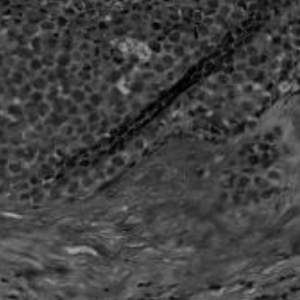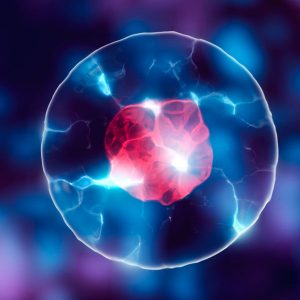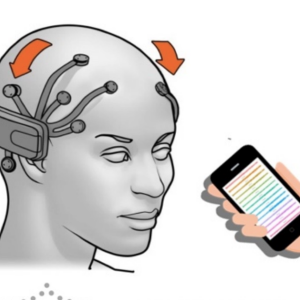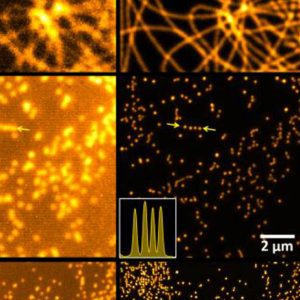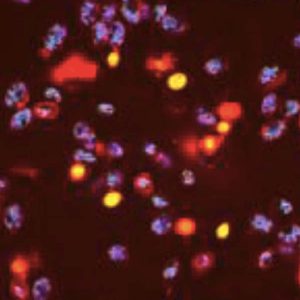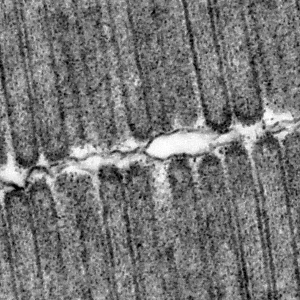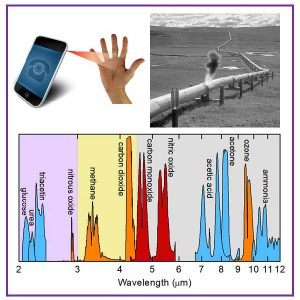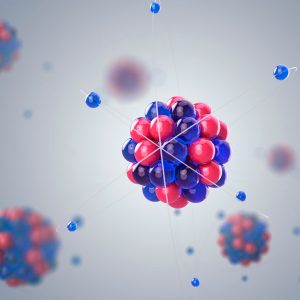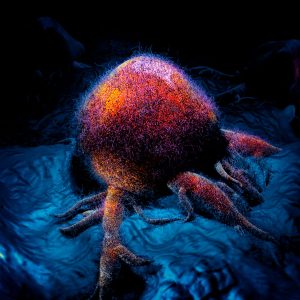This project will investigate innovative ways to realise single photon visible light imagers for a number of applications in astronomy, quantum technologies, autonomous systems, and life sciences. The main objective is to create image sensor designs suitable for adaptive optics systems and low-light level spectroscopic and imaging applications, based on detailed semiconductor and technology device...
This website uses cookies so that we can provide you with the best user experience possible. Cookie information is stored in your browser and performs functions such as recognising you when you return to our website and helping our team to understand which sections of the website you find most interesting and useful.


